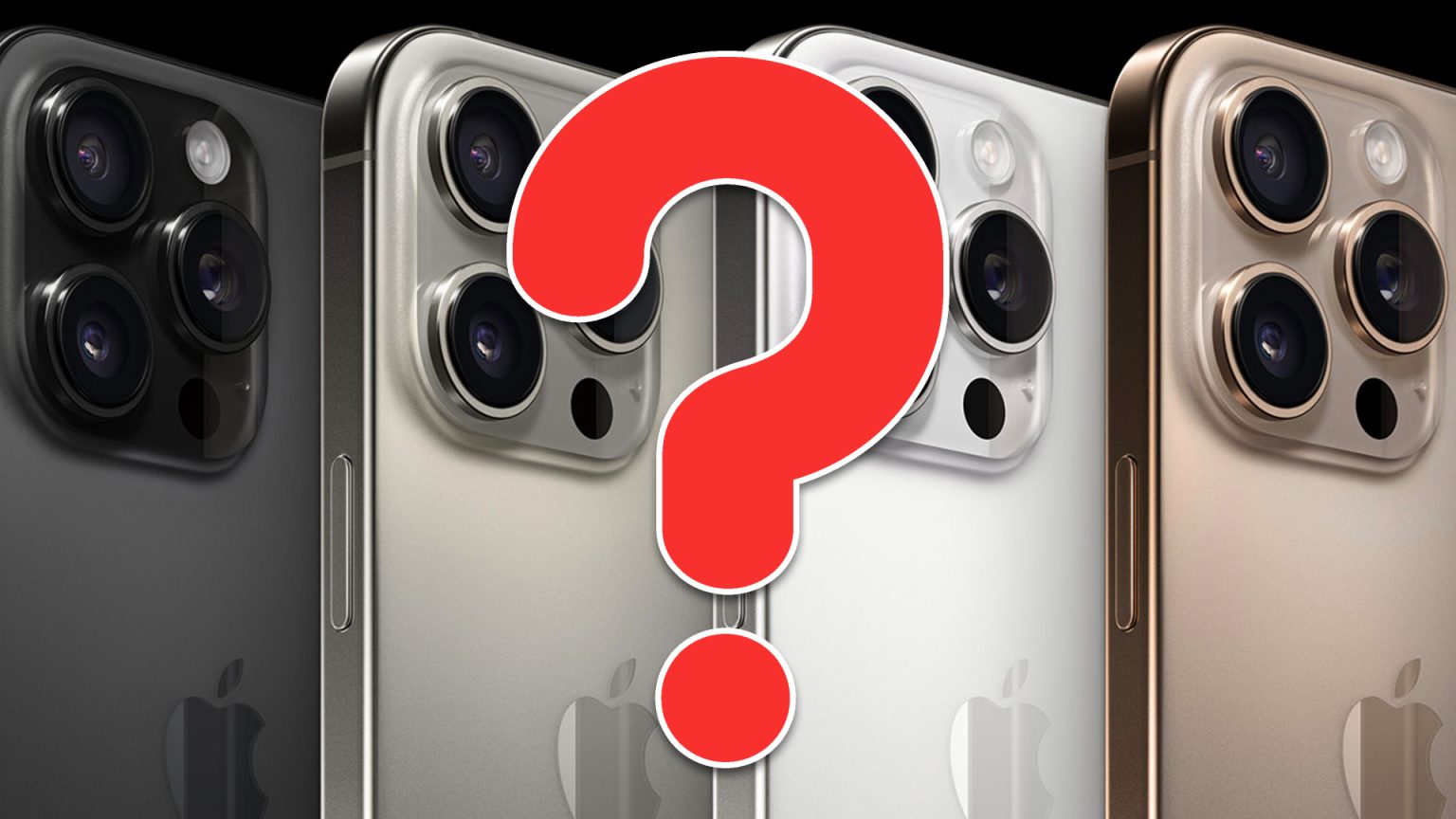Introduction:schools & updates
Apple has announced a significant update for its iPhone line of devices, specifically targeting the iPhone 16, iPhone 15, and iPhone 14 series. With iOS 26, the new iOS update is set to be released on the following devices: iPhone 16, iPhone 16 Pro, iPhone 16 Pro Max, iPhone 17, iPhone 15, iPhone 15 Max, iPhone SE (2nd generation or later), and iPhone 16e. This update will be the first iOS 26 feature update to be widely available, and it is expected to introduce significant new features and updates.
Identical Older Models & Security Updates
The iPhone XS, XS Max, and XR are among the first to receive the iOS 26 update, ending their journey for free upgrades. These models will continue to be supported by security updates but will not gain access to all of iOS 26’s features. Thethree devices are expected to receive updates from the X account from Apple, a private account .x who has access to major updates.
Hardware Constraints & Feature Concerns
Some Owners of these older models may encounter hardware limitations during updates. For example, devices running iOS 15 Pro or newer rely on advanced computer chips, which are not supported by lower iteration iOS updates. Applications like Messages, IsClock, and FaceTime, which consume the most battery power, may not function properly if the underlying hardware is outdated.
Latest iPhone 17 & Beta Version
The next iPhone model, the iPhone 17, is set to receive iOS 26 as well, according to Apple. Additionally, a Beta version of iOS 26, initially called iOS 18, is expected to be released at Wednesday’s Western Worldcon (WWDC) 2025. This Beta version will not yet be officially released to the public but will be a testing phase for Apple’s科技创新 team before the official app update.
Battery Usage Insights
Results for iPhone battery usage can be viewed through Apple’s own Battery Settings app. Users can examine battery levels and activity by choosing "Battery" and selecting a time period or number of days. The app also provides details about apps and their usage, including on-screen usage and background usage. There are specific features to consider, such as checking for signal coverage, managing app usage during background activities, and enabling Low Power Mode to conserve battery life when charging is unavailable.




